I've heard of the "carving" about weiqi, but never actually saw it, or even saw a picture of it till I start researching the history.
The report in the link was written by the head of the Luoyang Weiqi Museum, so I am farily confident the authetisty of the pictures she took. And I will make a brief translation and introduction below:
First of all, these carvings are called 畫像石. a very specific styles of carvings used in the Han Dynasty China (the 2nd century BC to the 2nd century AD). So very high confident it is of its time.
Here are the overall picture of the stone the carving is from
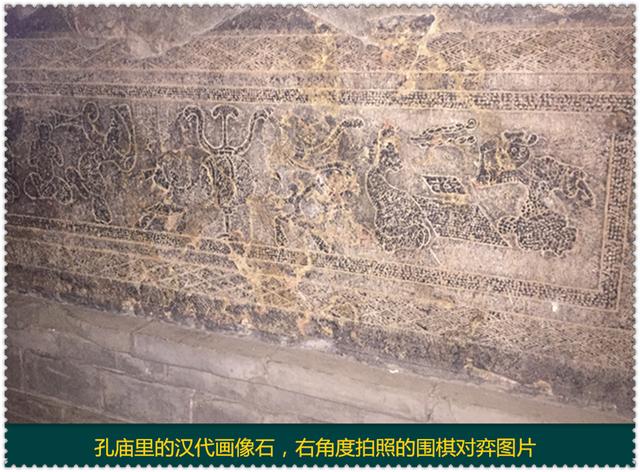
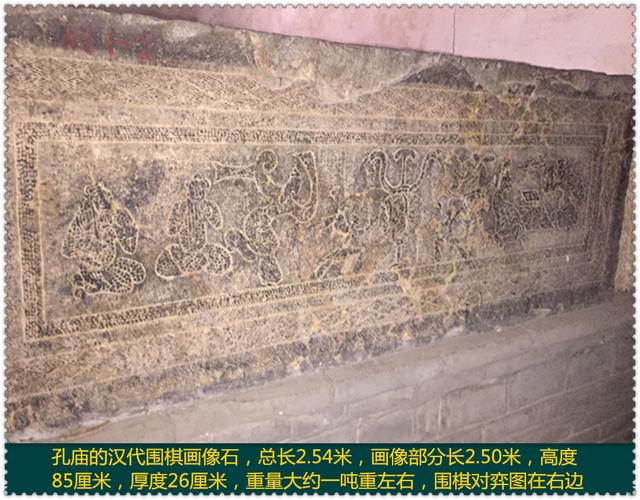
The dimension is 254 cm in length, 85 cm in height, and 26 cm thick, weight more than 1000 kg.
We can see other recreation activities next to the "博弈", people were dancing and playing some kind of instrument (likely some kind of drum, or bell).
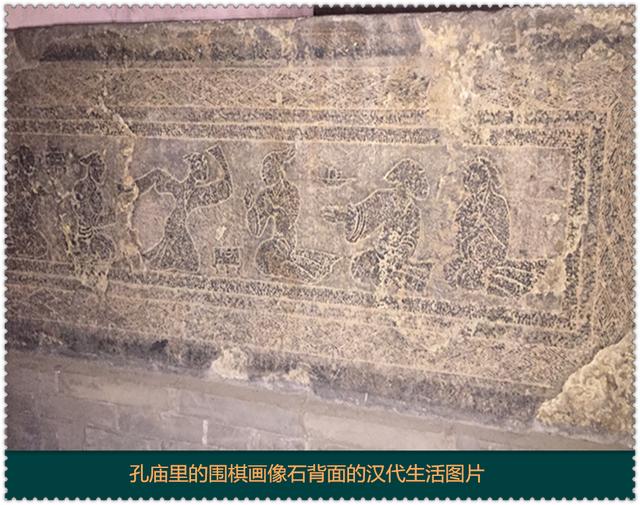
There are other carvings of some daily activities in the back of the stone as well
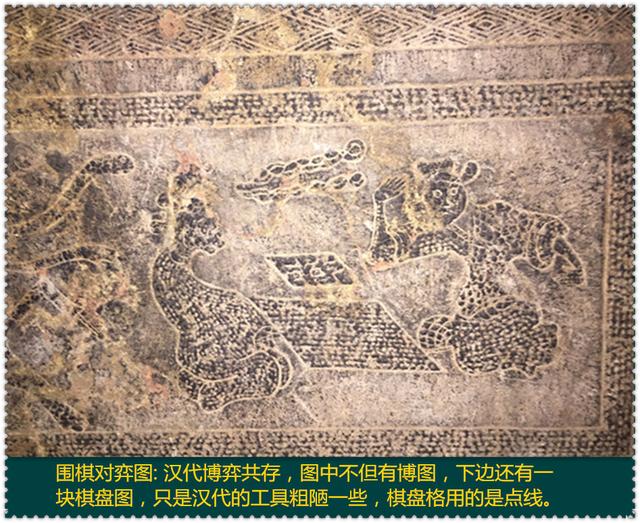
In the close up shot, we can see there are two types of game boards carved on the stone, one is Go in the front, and another smaller board on the side, called 博 (where only recently we've uncovered the actual game board for it), and Go has been associated with it for a very long time - "博弈". We are certain they were both quite prominate during the Han Dynasty (probably more for 博 than weiqi).
Very hard to make out the number of lines on the carving, it degraded quite a bit. But it is for sure more than 9 lines or 13 lines, and on the range at least 15 plus even up to 19. (simply cannot tell for sure, and cannot rule out the original stone worker made it incorrectly to begin with)
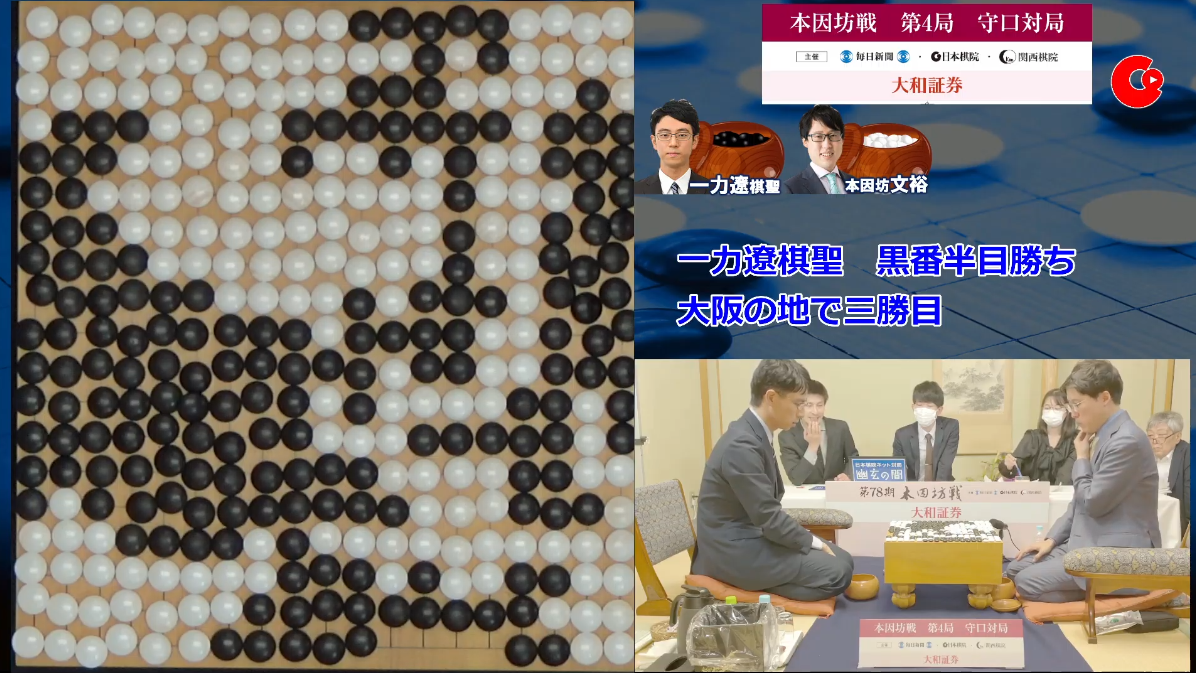
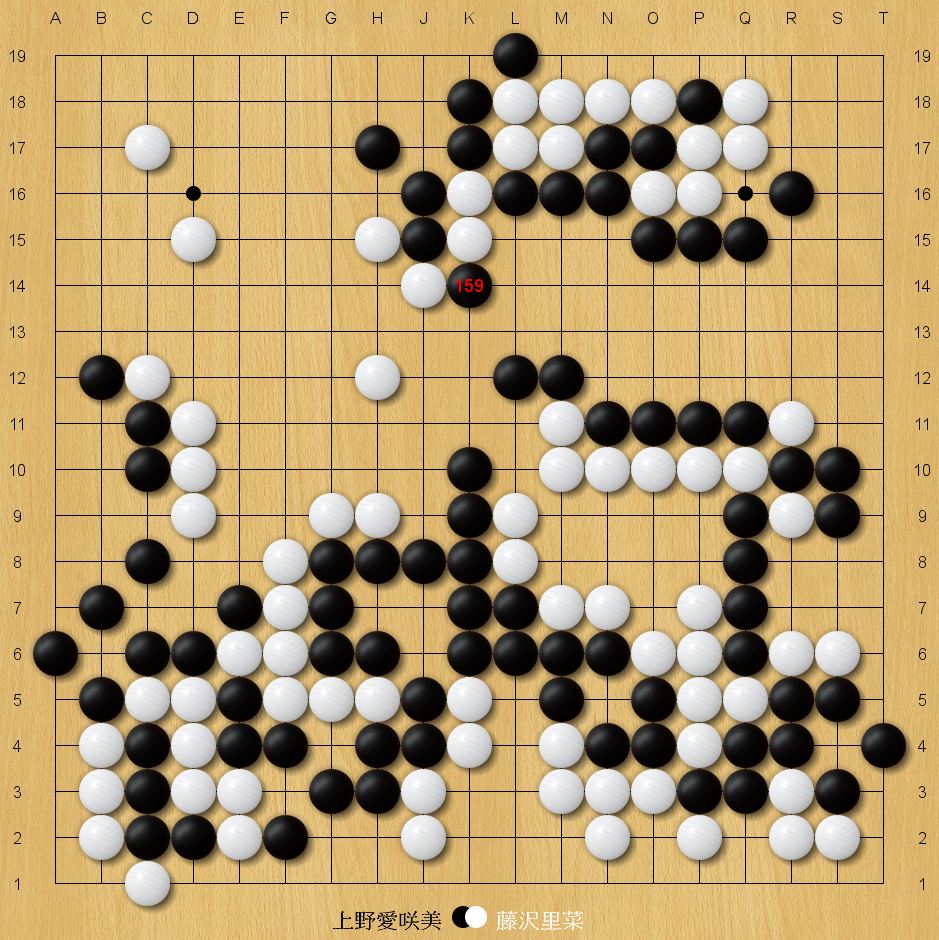
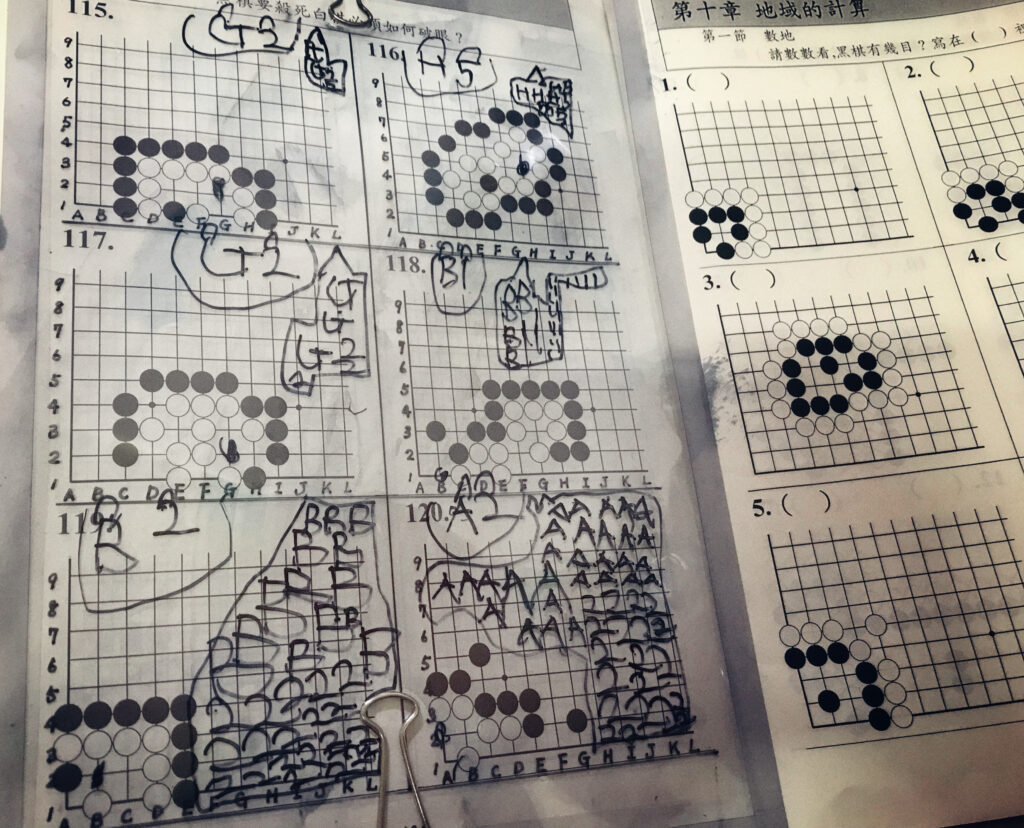




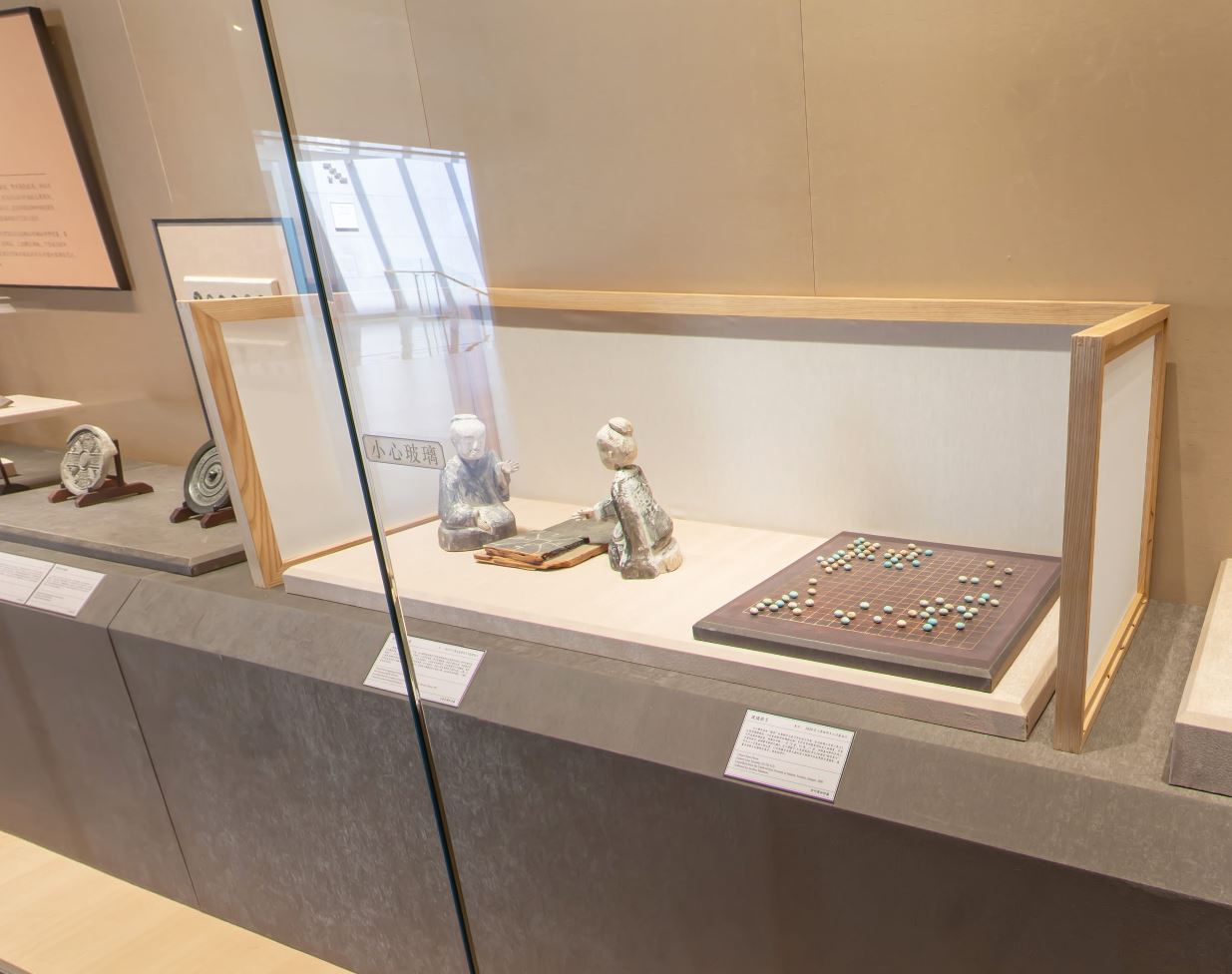
Can you show the variations for this poking?